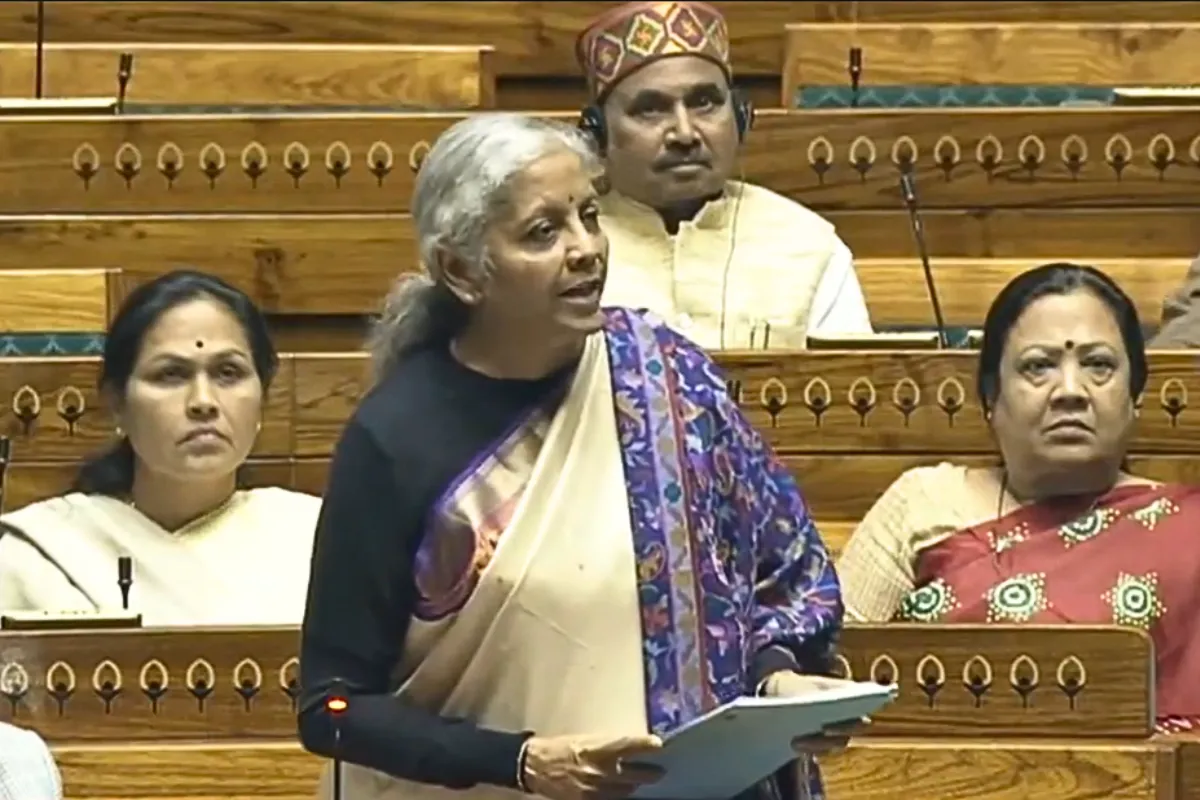As Finance Minister Nirmala Sitharaman unveiled the ‘White Paper on the Indian Economy’ in Lok Sabha today, it marked a significant juncture in the ongoing budget session. The document, poised to ignite discussions across political aisles, aims to compare the economic trajectories of the Congress-led UPA government and the BJP-led NDA government.
Objectives of the White Paper
The ‘White Paper’ serves multiple purposes, intending to inform both Members of Parliament and the public about the economic and fiscal challenges inherited by the current government in 2014. It delineates the policies and measures implemented to rejuvenate the economy, fostering a deeper discourse on national interests and fiscal prudence.
RBI’s Observations on UPA’s Fiscal Management
RBI’s assessment of the UPA government’s fiscal management paints a grim picture, citing excessive revenue expenditure and runaway fiscal deficits. The UPA’s response to the 2008 Global Financial Crisis exacerbated fiscal woes, leading to a perilous state of public finances and a burgeoning fiscal deficit burden.
Scandals Under UPA’s Reign
The ‘White Paper’ sheds light on significant scandals during the UPA era, notably the coal and 2G scams. These episodes not only tarnished the nation’s reputation but also hindered the progress of key sectors like telecom, derailing opportunities for innovation and growth.
Key Points from FM Sitharaman’s Address
During her speech, FM Sitharaman underscored key failures of the UPA government, emphasizing its departure from economic reforms and undermining of macroeconomic stability. The banking crisis of 2014 and over-reliance on external commercial borrowings further compounded India’s economic vulnerabilities.
Keep watching our YouTube Channel ‘DNP INDIA’. Also, please subscribe and follow us on FACEBOOK, INSTAGRAM, and TWITTER
